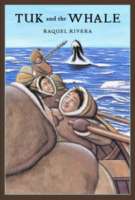
Tuk And The Whale


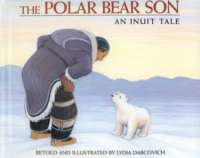
A lonely old woman adopts a polar bear and cares for him until he is grown. When the bear must leave the village, he continues to visit and provide for his “mother” in this gentle story.
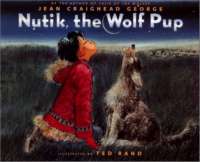
In an Eskimo village at the top of the world lived a little boy whose name was Amaroq. Named for the great wolf leader who saved the life of his big sister, Julie, Amaroq loved wolves as much as his big sister did.
One day Julie brings home a sickly wolf pup named Nutik for Amaroq to feed and tend. “Don’t fall in love with Nutik,” Julie warns, “or your heart will break when the wolves come to take their pup home.” Amaroq feeds and cares for Nutik, and soon the fuzzy little pup is romping and playing and following Amaroq everywhere. Amaroq and Nutik become best friends, but soon it’s time for Nutik to rejoin his wolf family. Will Amaroq be strong like the great wolf leader he was named after and be able to let Nutik go?
In this adventure-first told in Julie’s Wolf Pack, sequel to the Newbery Medal-winning Julie of the Wolves Jean Craighead George brings the Arctic world of Julie and her family to a picturebook audience.
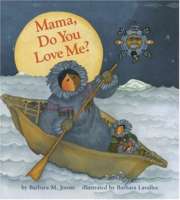
A child living in the Arctic learns that a mother’s love is unconditional and everlasting.
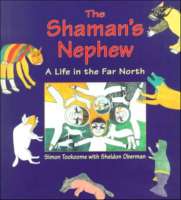
When Jewish author/storyteller Sheldon Oberman met Inuit artist/hunter Simon Tookoome, he knew the encounter was special. Still, he had no idea their meeting would result in an amazing collaboration that would span a decade. Through the use of many tape recordings and translations, Sheldon has painstakingly woven the threads of a remarkable man’s life into a book for all to treasure. With Tookoome’s drawings to enhance the text, Oberman has managed to express the cadence and voice of one of the last of the Inuit to live the traditional nomadic life in the Arctic. The Shaman’s Nephew magically transports readers to a cold climate that warms and grows more familiar with every turn of the page.
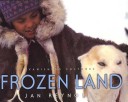
“Describes the traditional ways of life of an Inuit family living in the Canadian Northwest Territories and some of the changes they have had to face”–Provided by publisher.
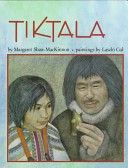
When the spirit guide changes her into a seal, Tiktala learns the ways of seals and how harmful humans can be.
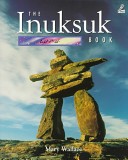
An introduction to the many forms of the inuksuk structure The image of a traditional Inuit stone structure, or inuksuk, silouetted against an arctic sky, has become a familiar symbol. Yet, for many, their purpose remains a mystery. In a stunning new book, artist and children’s author Mary Wallace, in consultation with Inuit elders and other noted experts, gives a fascinating introduction in words, pictures, and paintings to the many forms of the inuksuk structure and its unique place in Inuit life and culture.